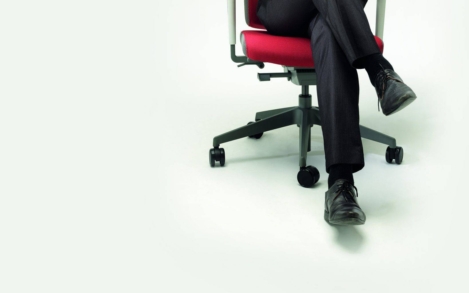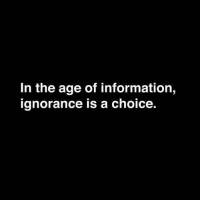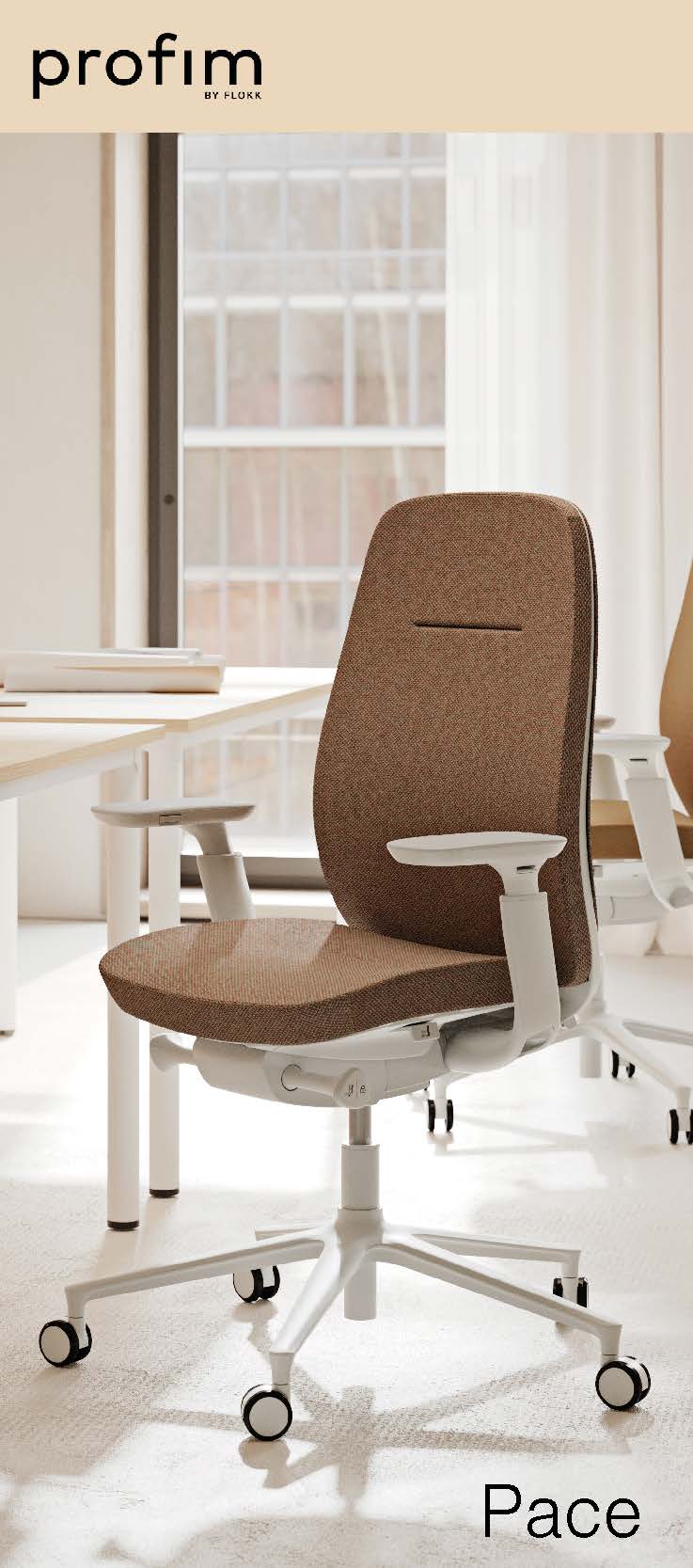December 8, 2015
Two thirds of UK staff will work or check emails over Christmas 0
 A common complaint over the Christmas period is that the vast majority of the population is off from Christmas Eve to after New Year’s Day. In fact a new survey shows that almost two thirds (66 percent) of people in the UK will be working during the festive period, almost 1 in 3 (31 percent) will be working on Christmas Day and 63 percent will check their emails over the period. Although 40 percent of those polled in the survey, which was carried out by retailer Cotton traders, do not have a choice about working over Christmas; of those that do, 46 percent are doing so to earn extra income to fund their Christmas and in the spirit of the season, 39 percent swapped shifts to allow colleagues with a young family to have the day off. Meanwhile, with a clear indication that the Christmas season has begun, advice has been issued by the TUC to staff and employers on how to avoid an embarrassing Christmas party.
A common complaint over the Christmas period is that the vast majority of the population is off from Christmas Eve to after New Year’s Day. In fact a new survey shows that almost two thirds (66 percent) of people in the UK will be working during the festive period, almost 1 in 3 (31 percent) will be working on Christmas Day and 63 percent will check their emails over the period. Although 40 percent of those polled in the survey, which was carried out by retailer Cotton traders, do not have a choice about working over Christmas; of those that do, 46 percent are doing so to earn extra income to fund their Christmas and in the spirit of the season, 39 percent swapped shifts to allow colleagues with a young family to have the day off. Meanwhile, with a clear indication that the Christmas season has begun, advice has been issued by the TUC to staff and employers on how to avoid an embarrassing Christmas party.













 In years gone by, a ‘one size fits all’ approach to office design might have been the norm, but as the decades have progressed, so too have the options available to businesses designing ‘homes from home’ for their office-based workforces. As new interpretations of the office environment proliferated, so the open plan model came to into being and eventually evolved into the default office design model. This initially brought greater variety than ever before but, ultimately, a one size fits all mentality in
In years gone by, a ‘one size fits all’ approach to office design might have been the norm, but as the decades have progressed, so too have the options available to businesses designing ‘homes from home’ for their office-based workforces. As new interpretations of the office environment proliferated, so the open plan model came to into being and eventually evolved into the default office design model. This initially brought greater variety than ever before but, ultimately, a one size fits all mentality in 
 According to an analysis of the just-released 2014 American Community Survey (ACS) conducted by
According to an analysis of the just-released 2014 American Community Survey (ACS) conducted by 

















December 8, 2015
Linear equations are no longer enough to determine the size of offices
by Mark Eltringham • Comment, Facilities management, Furniture, Technology, Workplace design
In 2013, the US Census Bureau announced that the official human population of the Earth had exceeded 7 billion for the first time. This provoked people to raise concerns that were couched in Malthusian pessimism. Although people might have assumed we’d left behind this kind of flawed thinking, there is obviously something appealing about the idea that exponential population growth is unsustainable when resources increase only in arithmetical terms. We’ve got a problem but what we should have learned in the two centuries since Thomas Malthus first popularised the idea is that there are complex factors that can influence the resources we need to survive, not least in terms of greater efficiency in the way we produce them. A similar debate is also apparent in the way in which the commercial property market is able to offer the right sort of buildings for modern organisations.
(more…)